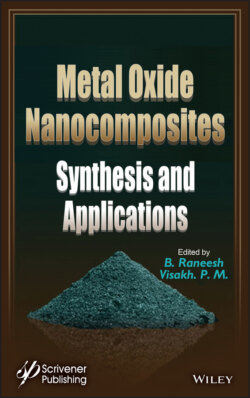Читать книгу Metal Oxide Nanocomposites - Группа авторов - Страница 85
3.7.2 Non-Covalent Functionalization
ОглавлениеGraphene can also form hybrid nanostructures by means of non-covalent bonds, namely by Van der Waals, ionic bonds, etc., that is largely owed to its negative charged surface characteristics due to oxygen-rich functional moieties. Additionally, graphene’s graphitic assemblage with delocalized π-orbitals which necessitate π-π interactions generally promote non-covalent functionalization. This functionalization has chief merit that it does not interrupt the π-conjugation; in contrary, the covalent functionalization builds huge defects on the graphene sheet [49]. The non-covalent functionalization is widely employed potentially in various fields, like as sensors (i.e. for heavy metals, pollutants) and biomedical applications. Pyrene derivatives are largely preferred for non-covalent functionalization as they devise strong chelation with the basal plane of graphene utilizing π-π interactions [50]. Like as the non-covalent functionalization of gold nanoparticles@DNA onto graphene nanoplatelets. This type of functionalization of graphene nanoplatelets with gold nanoparticles@DNA was proficient by chemical oxidation of graphite which transformed it to GO, followed by chemical reduction by hydrazine [51]. Similarly, the non-covalent functionalization via π−π bonding is observed between conjugated tri-block copolymer (PEG-OPE) and GO, thereby forming amphiphilic rGO nanoplatelets. Owing to the amphiphilic nature of the tri-block copolymer, the resultant composite PEG-OPE@rGO is fundamentally soluble in a diverse solvent [52].
